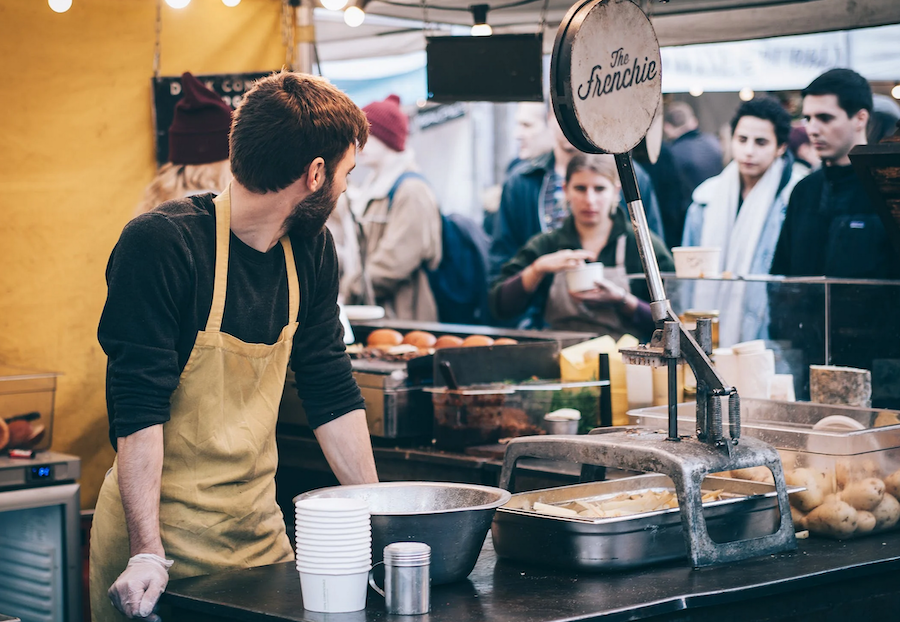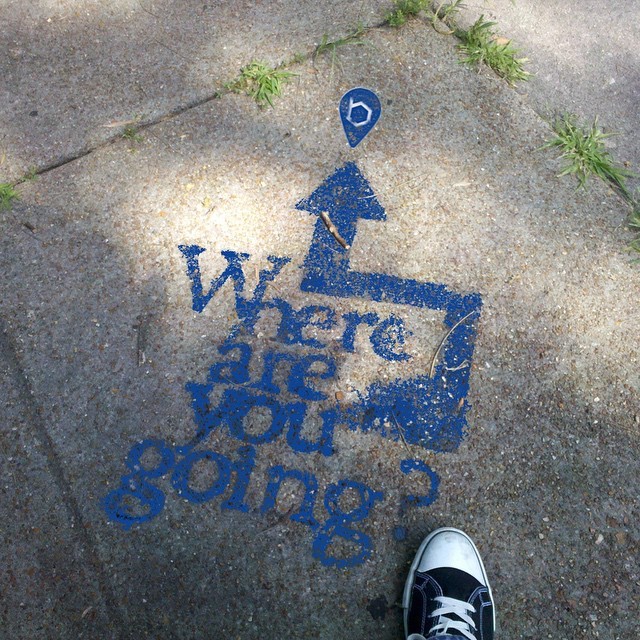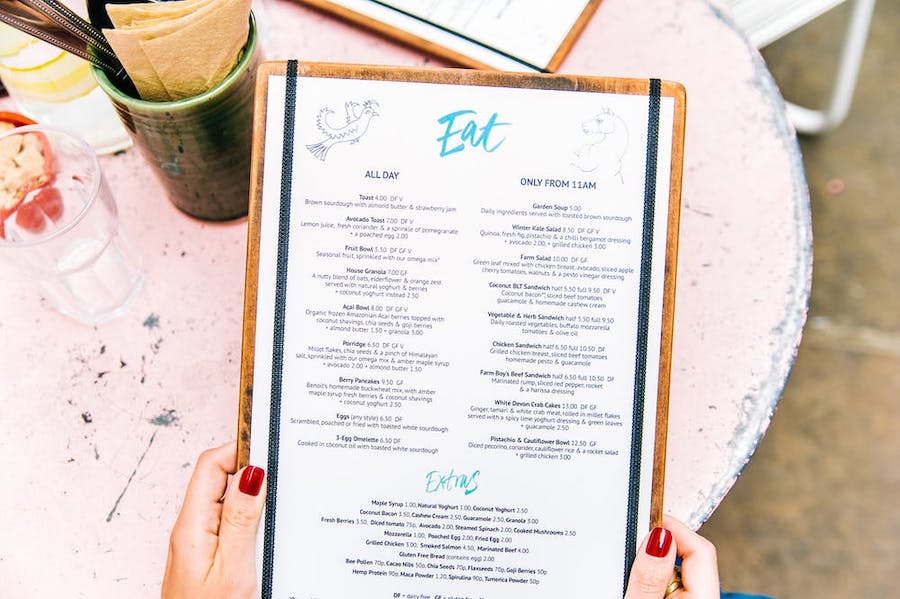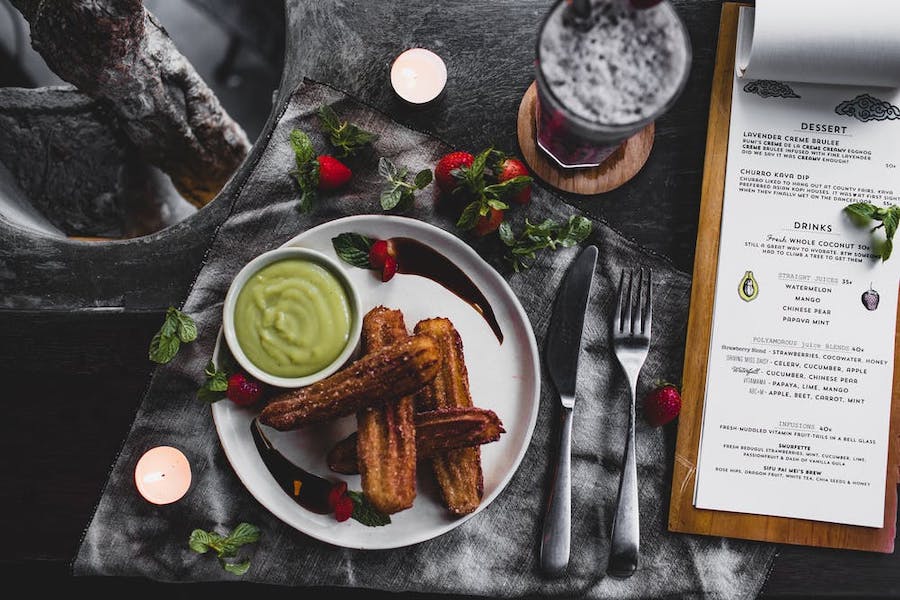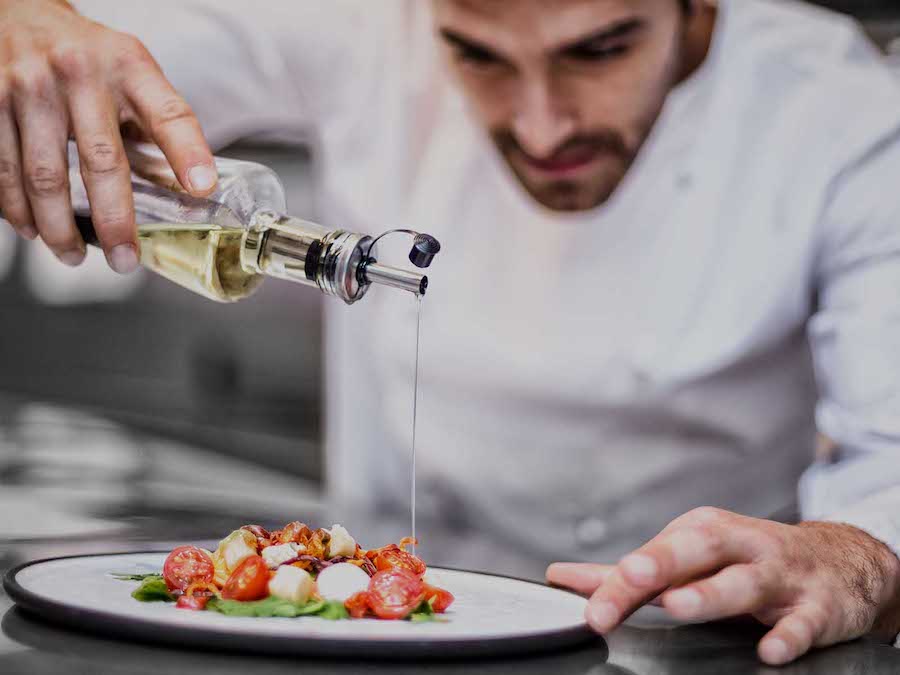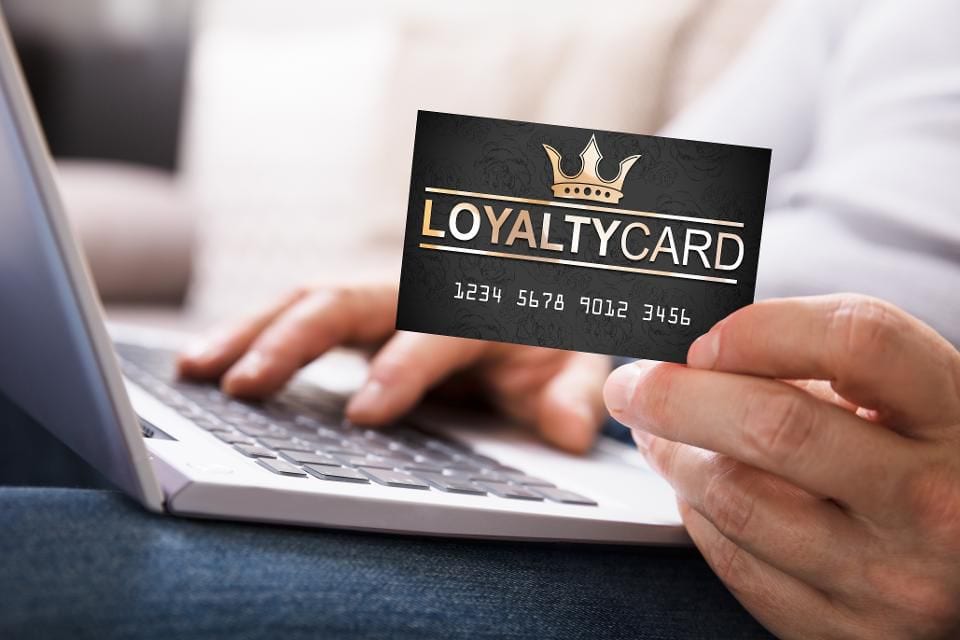Restaurant Turnover: 6 Top Tips for Improving Restaurant Turnover
Improving restaurant turnover is always on the minds of restaurant owners.
Any restaurateur knows how extremely hard it is to run a restaurant. You have to take care of so many business facets that all lead to one goal – increasing restaurant turnover.
Whether you’re establishing a new restaurant or running an established one, letting more diners through the door is always the ultimate goal.
When you have more customers, the more orders they have and in turn, the more restaurant turnover you achieve as well.
That being said, consider not only marketing strategies, but also some restaurant menu element designs to increase turnover. Without further ado, here are six tips for improving your restaurant’s revenue:
1. Market your restaurant on Bloc
2. Create a good restaurant menu design
3. Partner with nearby tourist destinations/attractions
4. Create a loyalty program
5. Offer online orders and deliveries
6. Market your restaurant online
1. Market your restaurant on Bloc
Bloc is an app that has thousands of people checking in to venues in your area.
If a user successfully checks in and attends a venue, they are rewarded with Bloc’s in-app currency, stars.
Once they have collected enough stars they can exchange them for real money.
Users can also see who else is checked into your restaurant and connect with them in the app.
There is a huge marketing opportunity on Bloc because you can showcase your venue on the app to increase intial check-ins. The more popular your venue is on Bloc, the more people will want to check in there.
Tia Maria in Vauxhall for example is a restaurant that has been using Bloc advertising for over a year.
They get on average of 100 new customers a week from Bloc, and with an average spend of £40 per customer, that’s £4000 in revenue per month.
Bloc’s advertising platform is also pay-per-result, so you only pay if a user checks in and physically attends your restaurant (via geo-location technology).
More check-ins = more customers = increase in restaurant turnover.
2. Create a good restaurant menu design
The restaurant menu may seem like a mundane thing. However, the menu is actually part of your marketing.
It’s the one restaurant element that generates turnover because customers choose their orders from your menu. And if you don’t have an excellent restaurant menu, then expect customers will also make poor choices as well.
The restaurant menu design has a psychology behind it.
You have to set it up like you’re telling the customers what to order.
Here are some tips on how to create a restaurant menu that lets customers pick the highest-priced dishes:
List the most profitable down to the least profitable items
When you list the most profitable items on top of the menu, you’re subconsciously telling the consumers that it’s the most highly orders items.
When creating this, it’s important to think of the menu engineering. The plowhorse category are the most popular dishes that your regular customers always come back for.
These items have a reasonable price and should be displayed front and center for customers to quickly see their favorite.
The star category has the most popular and expensive dishes.
These are items that are popular in your restaurant but consumers won’t find in other restaurants. For instance, the star category can contain your best-sellers and specialties.
It’s vital that you put this on top of the menu or somewhere in the middle.
Next is the dog category, which are not very popular dishes and are low profit dishes.
These items are usually at the bottom of the menu or sometimes even taken out of the menu as they don’t contribute to turnover that much.
Last but not least is the puzzle. The puzzle category contains the low popularity dishes, but are high profit. So it’s recommended to create better placement for these items.
You may put them under the “Dish of the day” or Chef’s favorite” sections.
Keep the menu size minimal
It’s advisable to keep the menu size at a minimum. Having too many options will only confuse your customers.
Put seven items per category. Anything more than that won’t help customers choose their orders.
A prime example is Shake Shack, the popular burger chain, which famously reduced its menu size by 50% in 2016.
This seemingly drastic change resulted in a 13.8% increase in customer satisfaction and a 10% increase in table turnover.
Here’s how the menu redesign led to improved table turnover:
- Reduced decision fatigue: With fewer options, customers spent less time deliberating, freeing up tables faster. Studies show humans experience decision fatigue with overwhelming choices, slowing down the ordering process.
- Streamlined operations: Fewer menu items translated to faster kitchen preparation times and quicker order delivery, decreasing the total time diners spent at tables.
- Increased focus on signature items: By showcasing fewer items, Shake Shack highlighted their most popular dishes, encouraging faster repeat purchases and potentially shorter dwell times.
This redesign wasn’t solely about turnover – it also boosted average order value by 5%. Customers, faced with a curated selection, were more likely to try new menu items and add-ons, contributing to revenue.
Shake Shack’s menu revamp demonstrates the power of a well-designed menu for improved efficiency and financial performance.
While the specific results may vary based on the restaurant concept and clientele, the principle of reducing decision fatigue and streamlining operations through menu design holds true.
Remember, a successful menu design should strike a balance between variety and clarity, ensuring customer satisfaction while optimizing table turnover for increased revenue.
Be concise with food descriptions
Customers read the descriptions under the food’s names.
It’s essential that you write the descriptions concisely so they have a better grasp of how the food was cooked and what ingredients are in each item.
Focus on price anchoring
Price anchoring means you place two items side by side.
One should be expensive and the other one should be affordable. Place the expensive dish first before the cheap one.
This will impact the consumer’s buying decision and may order the expensive item first before the cheap item.
3. Partner with nearby tourist destinations/attractions
You can collaborate and partner with local or nearby tourist destinations or attractions.
Partnering with these attractions is like hitting two birds with one stone.
First, you can increase more consumers to dine in your restaurant. Plus, you can also tap into those customers who frequently visit these tourist destinations.
It’s better to negotiate a deal with these attractions and see if both of you can work on offering a tour and meal package to customers.
For instance, if you’re running a restaurant in Idaho near the Twin Falls, you can submit a proposal. Click here for more details if you’re interested.
4. Create a loyalty program
Running a restaurant not only requires you to serve delicious food, great customer service, and effective marketing strategies.
One major challenge when running a restaurant is retaining your customers. And for the food industry, this is a very difficult endeavor because the food business is a cut-throat industry.
There are always new restaurants that sprout like mushrooms. And people will always try the newest food in town.
That said, you can quickly lose your customers if the new restaurant serves delectable items at very competitive prices.
So one way to retain them is to create a loyalty program with enticing offers.
A restaurant that stands out for boosting table turnover through a well-crafted loyalty program is Yardbird Southern Table & Bar.
This upscale, contemporary chicken-focused chain implemented a tiered loyalty program called “Yardbird Flock” in 2017, leading to impressive results:
- 20% increase in repeat customer visits: Loyal Flock members dined more frequently compared to non-members, contributing to higher table turnover and revenue.
- 15% growth in average order value: Flock members, incentivized by rewards and exclusive offers, tended to spend more per visit, further boosting the restaurant’s bottom line.
- Enhanced customer engagement: The program fostered a stronger connection with diners, allowing Yardbird to gather valuable data on preferences and personalize communication, leading to a more positive dining experience and potentially faster table turnover.
Here’s how Yardbird’s Flock program achieved these results:
- Tiered structure: The program offers three tiers (Chick, Hen, and Rooster) with increasing benefits based on spending. This motivates customers to climb the ladder, encouraging more frequent visits.
- Points accumulation: Every dollar spent earns points, redeemable for dining rewards, discounts, and exclusive experiences. This tangible incentive directly encourages repeat visits.
- Birthday treats and personalized offers: Flock members receive special birthday bonuses and targeted promotions based on their dining habits, making them feel valued and incentivizing visits.
Yardbird’s success demonstrates the power of a well-designed loyalty program in driving table turnover and customer engagement.
By offering relevant rewards, personalized experiences, and a clear path for progression, restaurants can encourage repeat visits and optimize their seating capacity for increased revenue.
Remember, the key to an effective loyalty program lies in understanding your target audience, tailoring rewards to their preferences, and providing a seamless experience that incentivizes repeat business.
Yardbird’s Flock program serves as a prime example of how these elements can combine to drive positive results for the restaurant and its loyal customers.
5. Offer online orders and deliveries
With the pandemic that’s encouraging everyone to stay at home, restaurants should offer online deliveries to cater to customers.
Some people won’t risk going outside to eat at restaurants, especially if you don’t use disposable materials.
The advantage of offering online ordering and delivery is that you can reach customers who are far from your area. Partner with delivery services and see how this can add up to your restaurant turnover.
Moreover, the consumer’s purchasing behavior is also changing and it’s slowly shifting to buying everything online. And it’s high time that you get in on the bandwagon before your restaurant gets left behind the competition.
6. Market your restaurant online
Digital marketing will move mountains for your restaurant.
Any advertiser knows how online advertising methods can surge a company, regardless of the industry. And for a restaurateur who is new in the business, boosting your online presence can do wonders for your business.
You can market on social media and create fun giveaway contests.
You may also take advantage of user-generated content for cost-efficient marketing.
Better yet, you can invest in online ads to promote your restaurant.
The advantage of using digital marketing for your restaurant is that you can use analytics to track, monitor, and even modify your campaigns.
Overall, this will save you a lot of time, effort, and marketing budget.
